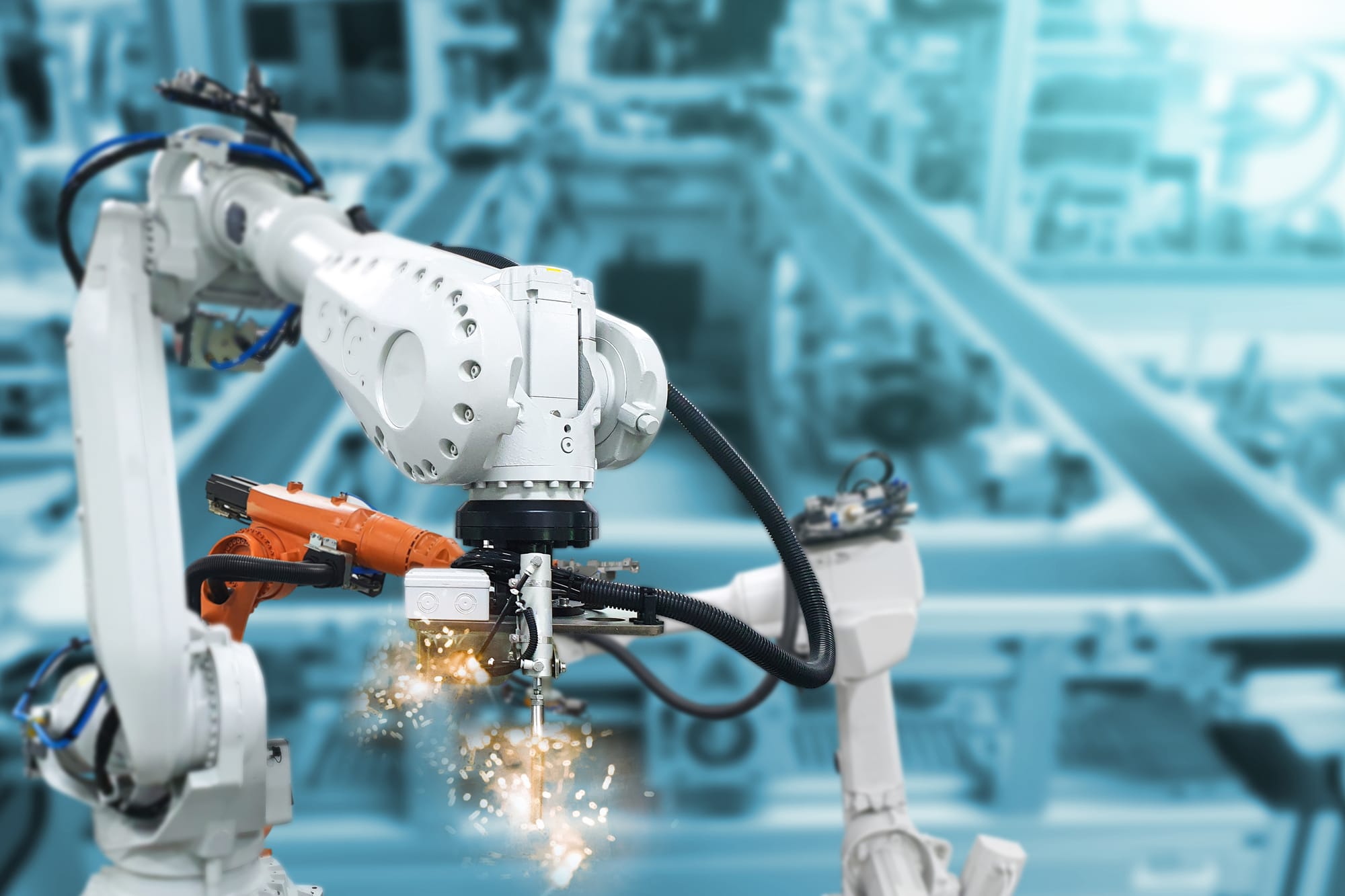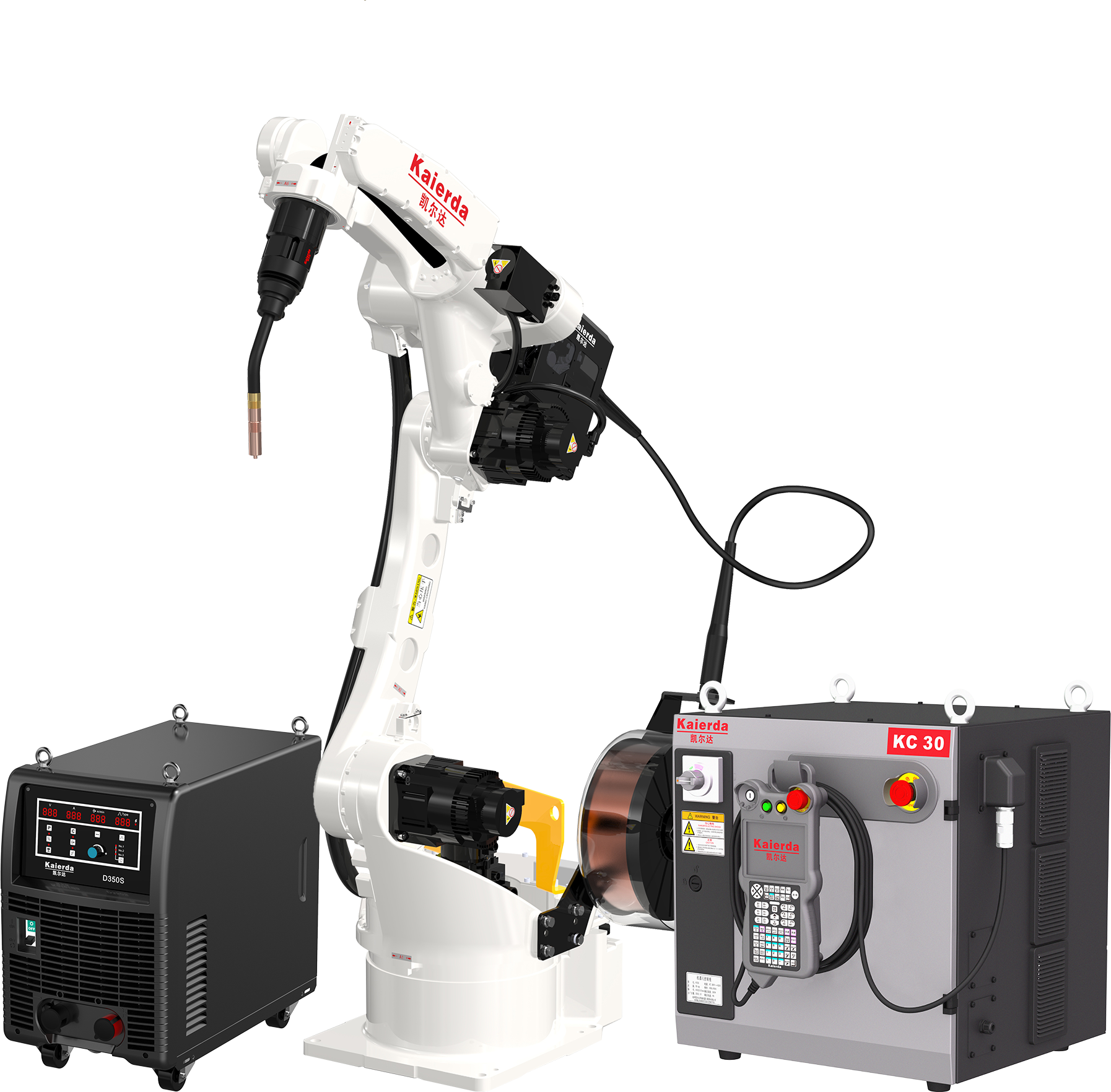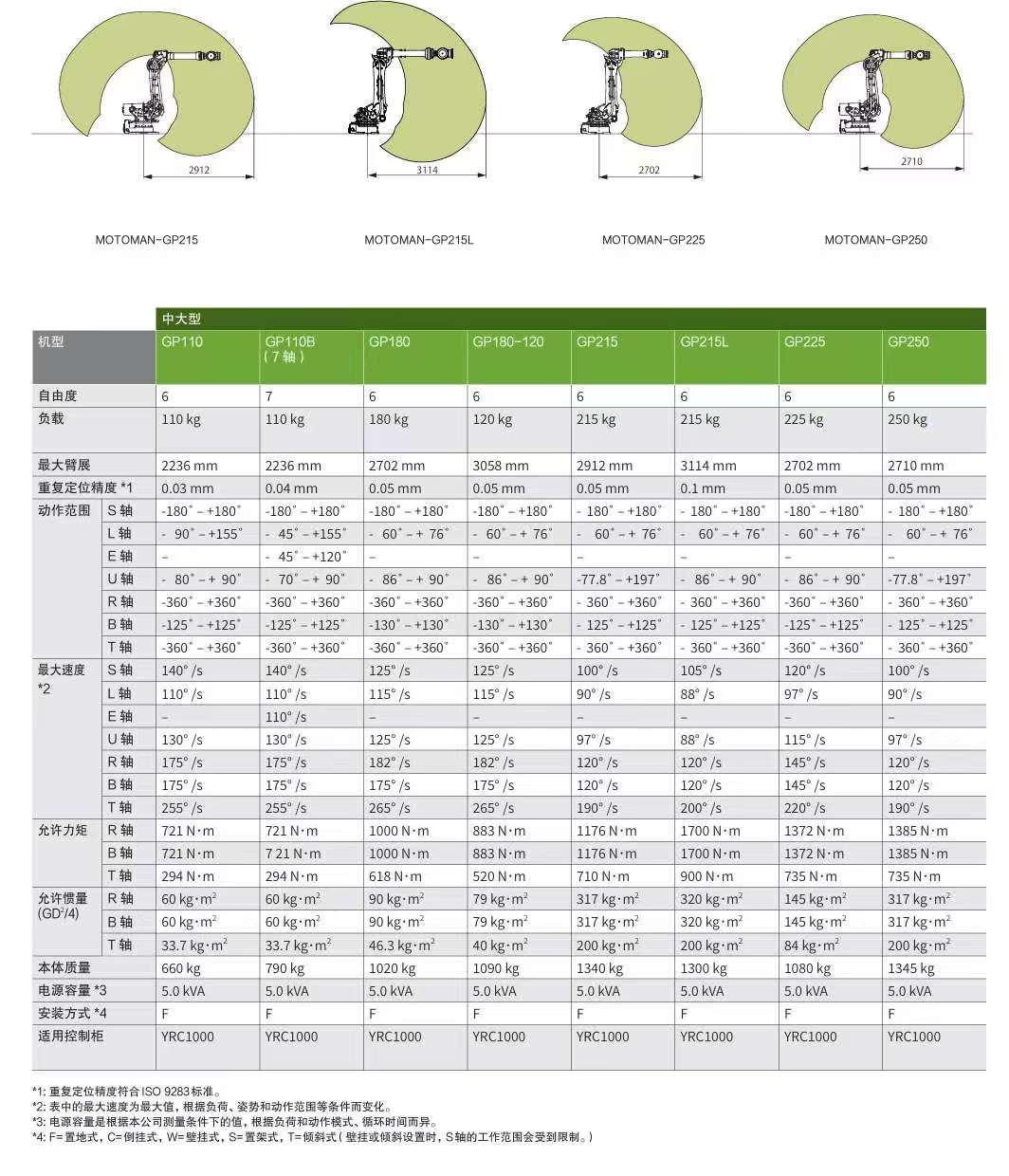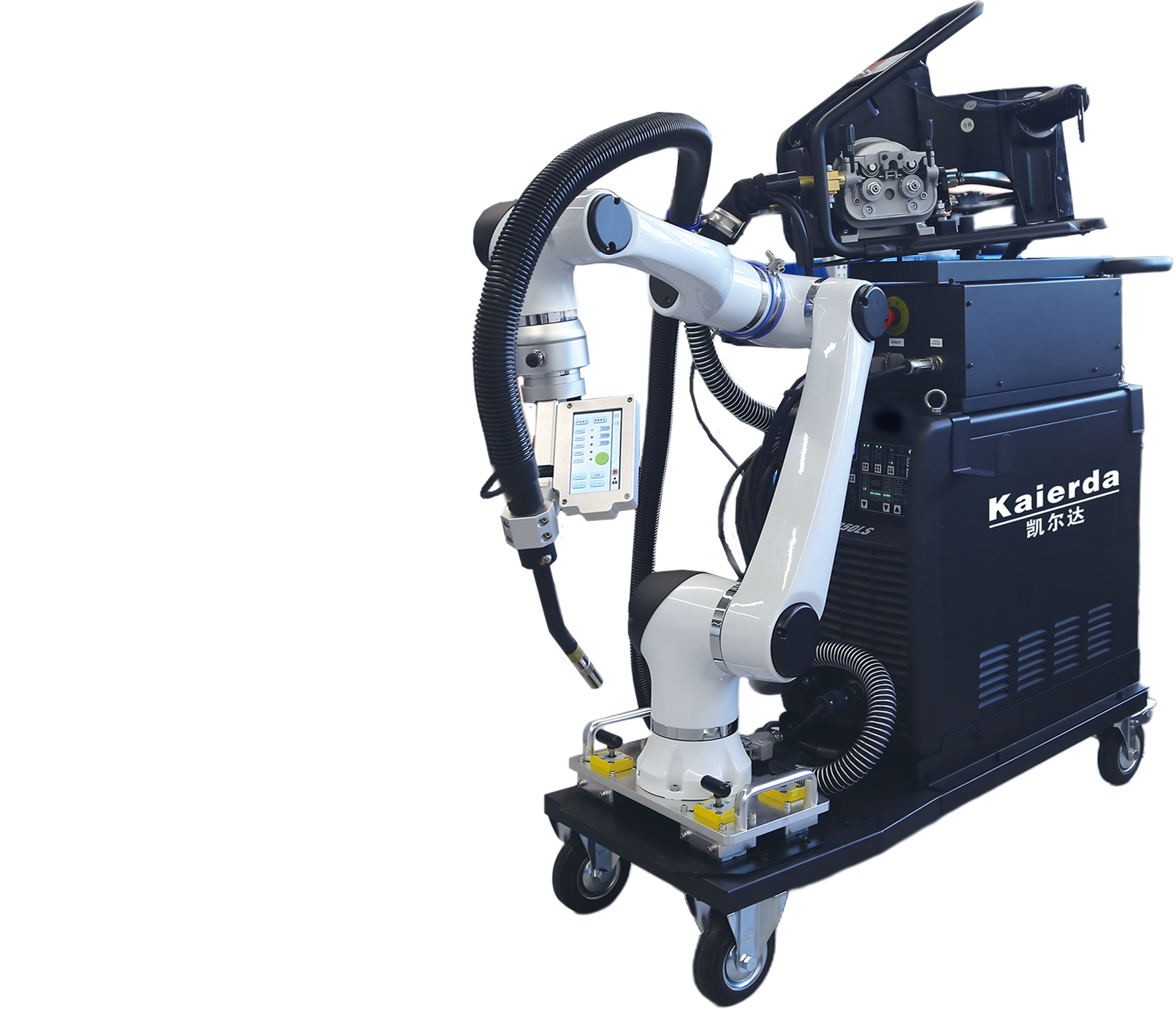Robotic system

Robotic welding is the use of automated robotic arms to perform welding tasks with precision and consistency. It integrates advanced technologies such as arc welding, laser welding, resistance welding, and spot welding to enhance productivity, reduce errors, and improve workplace safety.
A robotic welding system consists of key components including an industrial robot arm that handles the welding torch with high precision, a welding power supply that provides the necessary voltage and current, a wire feeder and welding torch that deliver the welding material and execute the weld, positioners and fixtures that secure and manipulate workpieces for optimal welding angles, a control system and software that programs and controls the robotic movements, and sensors and vision systems that enable real-time monitoring and adjustments.
The benefits of robotic welding include increased efficiency with faster welding speeds reducing production time, improved quality with consistent and precise welds, reduced labor costs by minimizing reliance on skilled manual welders, enhanced safety by reducing worker exposure to heat, fumes, and sparks, and better material utilization by minimizing waste and rework.
Robotic welding is widely used in industries such as automotive for frame and body welding, aerospace for precision welding of aircraft components, shipbuilding for heavy-duty metal welding, construction and infrastructure for steel structures and pipelines, and manufacturing for various metal fabrication applications.
Future trends in robotic welding include AI and machine learning integration to enhance automation and real-time adjustments, the rise of collaborative welding robots (cobots) that work alongside human welders, and advancements in laser and ultrasonic welding for improved precision and speed.





